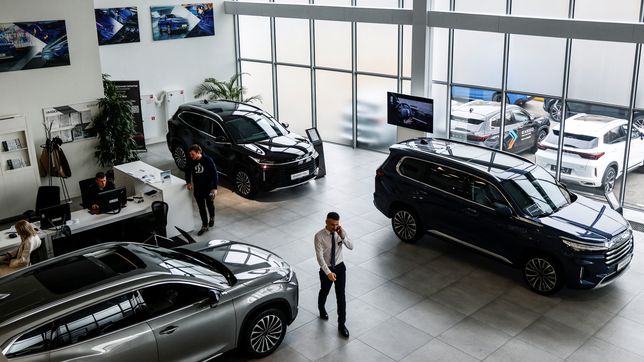Car prices rose at a dizzying pace during 2021 and 2022. From February 2023 new cars were selling for 30 percent more than three years before, while used cars went up $4,000 from where they were just two years ago. Along with the rising cost of borrowing as the Federal Reserve aggressively raised interest rates and high gas prices made car ownership more expensive.
What caused the rapid increase in car prices? A ripple effect that started with supply chain bottlenecks as a result of the covid-19 pandemic that limited the number of new cars coming off the manufacturing lines. As prices rose, fewer new cars were bought.
This in turn limited the supply of used cars available for those looking for a pair of wheels to get around. The dynamic has improved, but it is expected that it will still be some time before things return to normal, if ever.
When will car prices become more affordable?
The good news is that new vehicle prices have been falling for three months with the average transaction price is $48,763 in February according to Cox Automotive. New car prices are expected to continue their downward trend in the coming months. Used car prices have also fallen over the past six months, but they may start to rise again as supply shrinks once more.
The main driver of the lack of new cars that had been fueling the skyrocketing prices was the shortage of microchips. This has started to ease, but suppliers are still lagging behind in fulfilling the orders they have from car manufacturers. Then there’s the fact that automakers and dealers learned they could keep prices higher if inventory was lower.
As prices have risen, Americans began buying fewer new cars overall, with the average of 17 million bought each year before the pandemic dropped to 13.7 million last year. And there aren’t that many cheap models on the market, as the number of new car models available for under $25,000 has dropped from 36 to 10 in the past five years. This has led to a 78 percent drop in economy car sales.
This comes to the used car market, since fewer new car sales mean fewer trade-ins, which leaves dealers with fewer used cars. In addition to used car inventory issues, more potential new car buyers are buying used cars, reducing supply.
Also, Americans are holding on to their vehicles longer, with the average car on the road now is over 12 years old. It’s now hard to find a vehicle for under $15,000, a situation that will likely remain for some time.


